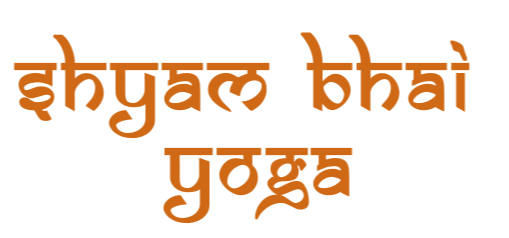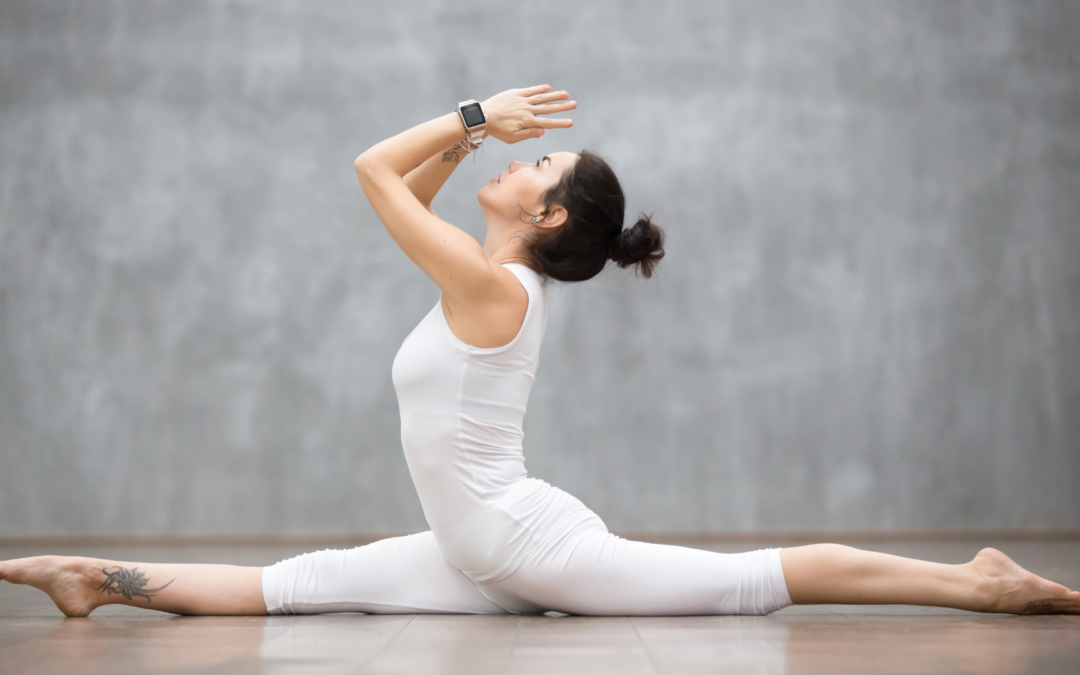Yoga and Journaling: A Powerful Combo for Self-Reflection
In a fast-paced world filled with endless distractions, finding the time and tools to reflect on our lives can be a luxury. Yet, self-reflection is essential for personal growth, emotional balance, and mental clarity. Two ancient practices—yoga and journaling—offer a harmonious combination that can transform how we process our emotions, understand ourselves, and set intentions for the future.
Accessible and adaptable, both yoga and journaling can be practiced almost anywhere. Yoga, originating in India, has significantly increased global popularity. Despite this, only about 7% of the Indian population currently practices yoga. With the availability of yoga class online platforms like Shyambhai Yoga, the practice of combining movement with mindful introspection has become easier than ever. This powerful duo not only helps us connect with our inner selves but also fosters resilience, creativity, and emotional well-being.
Let’s explore how yoga and journaling work together to deepen self-reflection and improve overall well-being.
The Connection Between Yoga and Journaling
Yoga focuses on uniting the body, mind, and breath, creating a state of mindfulness that allows us to be fully present. Journaling, on the other hand, is a process of externalizing thoughts and emotions onto paper, making it easier to process and understand them.

When practiced together, these activities complement each other beautifully:
- Mindful Awareness: Yoga encourages a calm, focused state of mind, which makes journaling more intentional and meaningful.
- Emotional Release: Movement and breathwork in yoga can bring emotions to the surface, which can then be processed and documented in a journal.
- Physical and Mental Alignment: Yoga relieves physical tension, while journaling organizes mental clutter, resulting in a balanced state of being.
Joining yoga classes online, such as those offered by Shyambhai Yoga, provides structured guidance for your practice, ensuring a mindful approach to both yoga and the reflections that follow.
How Yoga Sets the Stage for Self-Reflection
Yoga is more than just physical postures; it’s a practice of inner awareness. Here’s how it creates the perfect environment for self-reflection:
- Cultivating Stillness: Yoga encourages you to pause and be present. The focus on breath and movement quiets the mind, creating space for introspection. In this state of stillness, journaling becomes a natural extension, allowing thoughts to flow freely without judgment.
- Releasing Tension: Physical tension often mirrors emotional stress. Yoga poses like Child’s Pose (Balasana) or Pigeon Pose (Eka Pada Rajakapotasana) release built-up tension, opening up emotional channels. Post-practice journaling helps articulate the emotions that surface, providing clarity and closure.
- Encouraging Intention Setting: Many yoga classes, especially those available online through platforms like Shyambhai Yoga, begin or end with a moment of intention setting. These moments inspire reflective journaling prompts, such as “What do I want to focus on today?” or “What challenges am I ready to let go of?”
The Benefits of Combining Yoga and Journaling

Pairing yoga with journaling can unlock numerous benefits:
- Enhanced Self-Awareness: Yoga tunes you into your physical and emotional state, while journaling allows you to document and explore these insights. This combination fosters a deeper understanding of yourself.
- Stress Reduction: Yoga lowers cortisol levels, and journaling serves as an outlet for expressing worries and concerns. Together, they create a powerful toolset for managing stress.
- Clarity and Problem-Solving: After a yoga session, your mind is often calmer and more focused. Journaling during this time helps you think more clearly and find solutions to challenges.
- Goal Setting and Accountability: The mindfulness cultivated through yoga translates into meaningful goal setting during journaling. Reflecting on your yoga practice can also help track progress and motivate consistency.
- Boosting Creativity: Yoga energizes the body and mind, while journaling stimulates creativity by encouraging free-flowing thoughts.
Discover how to heal and relax with restorative yoga – Check out our blog ‘Unlock Your Body’s Healing Power with Restorative Yoga‘ today!
Creating a Yoga and Journaling Routine
To make the most of this powerful combination, establish a routine that integrates both practices seamlessly:
Start with Yoga
Begin with a gentle yoga flow or guided session from a yoga class online, like those offered by Shyambhai Yoga. Focus on poses that promote relaxation and mindfulness, such as:
Cat-Cow Pose: To warm up and awaken the spine.
Seated Forward Bend (Paschimottanasana): For calming the mind.
Savasana (Corpse Pose): For complete relaxation.
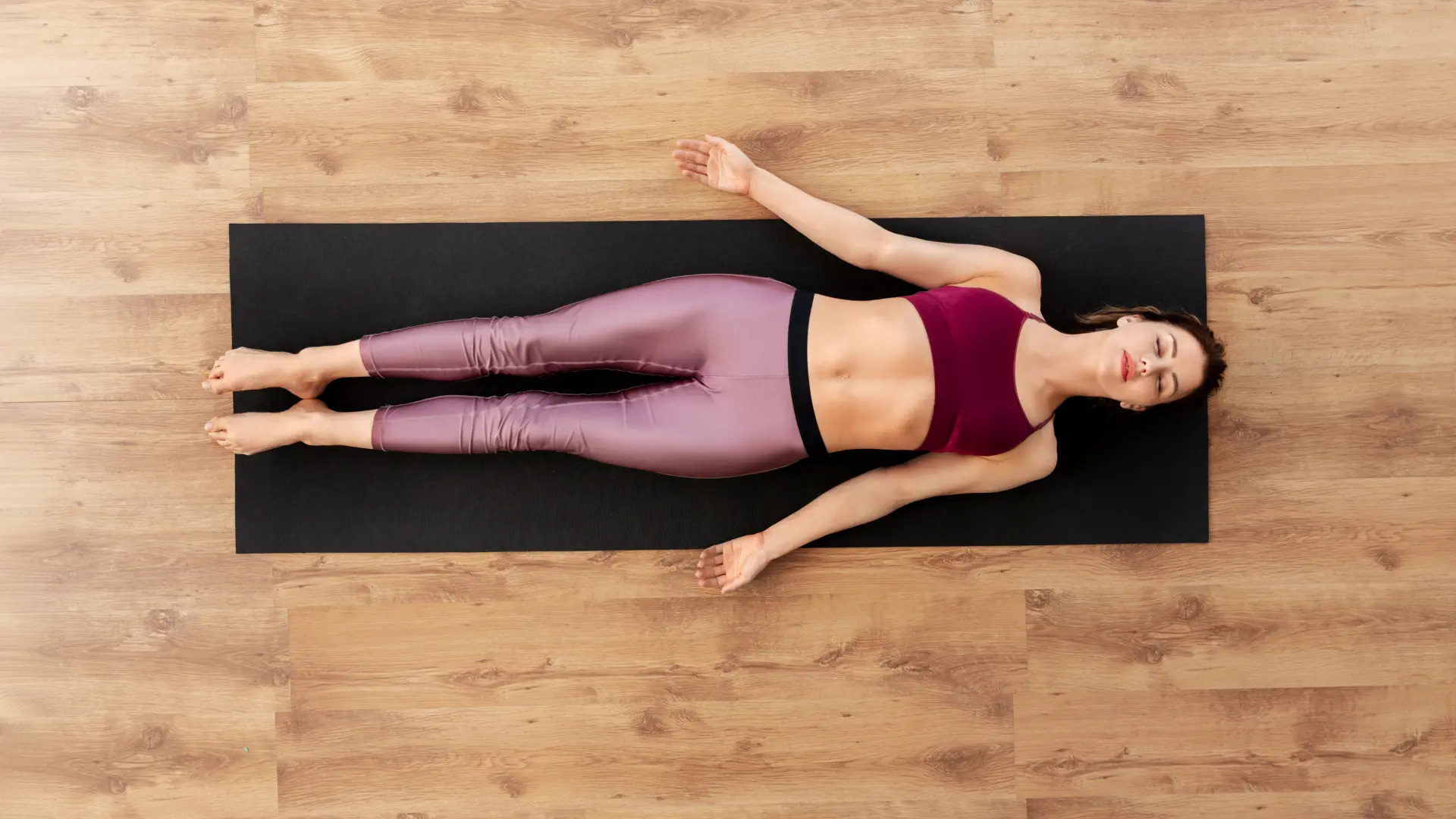
Transition to Journaling
After yoga, sit in a quiet space with your journal. Use the following prompts to guide your reflections:
What emotions surfaced during my practice?
How does my body feel after yoga?
What intentions do I want to set for the day?
Experiment with Themes
Alternate between different journaling themes, such as gratitude, goal setting, or self-discovery. Pair these themes with specific yoga sequences for a holistic approach. For example:
Gratitude journaling after a heart-opening yoga flow.
Reflective journaling following restorative yoga.
Consistency is Key
Aim to practice yoga and journaling 3–5 times a week. Online classes, like those from Shyambhai Yoga, make it easier to stay consistent by offering flexible schedules and diverse sessions.
Sample Yoga Sequence for Self-Reflection
Here’s a simple 15-minute yoga flow to prepare your mind and body for journaling:
- Child’s Pose (Balasana) – 2 minutes
Focus on your breath, letting go of distractions.
- Cat-Cow Pose (Marjaryasana-Bitilasana) – 1 minute
Move rhythmically with your breath to awaken the spine.
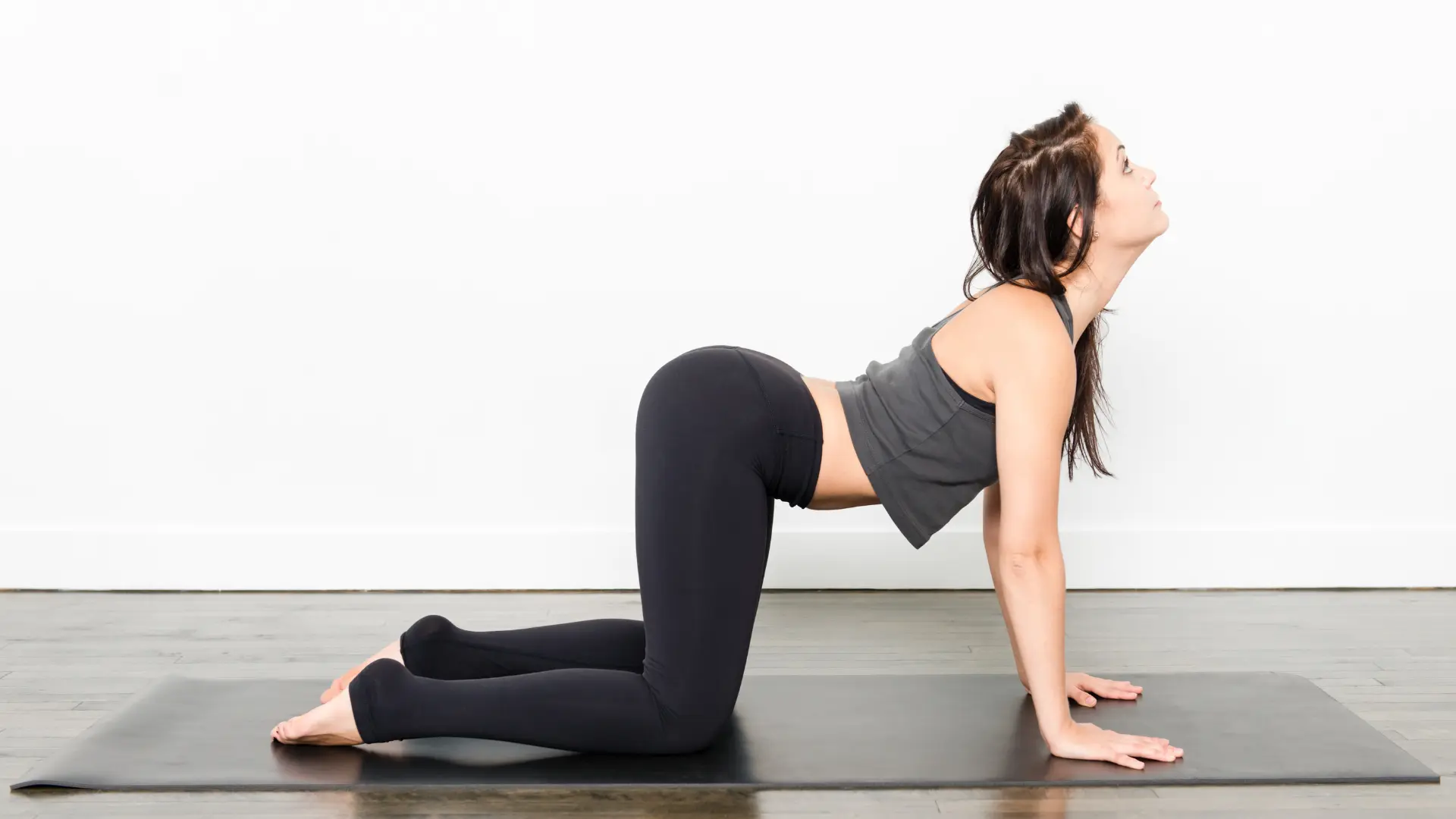
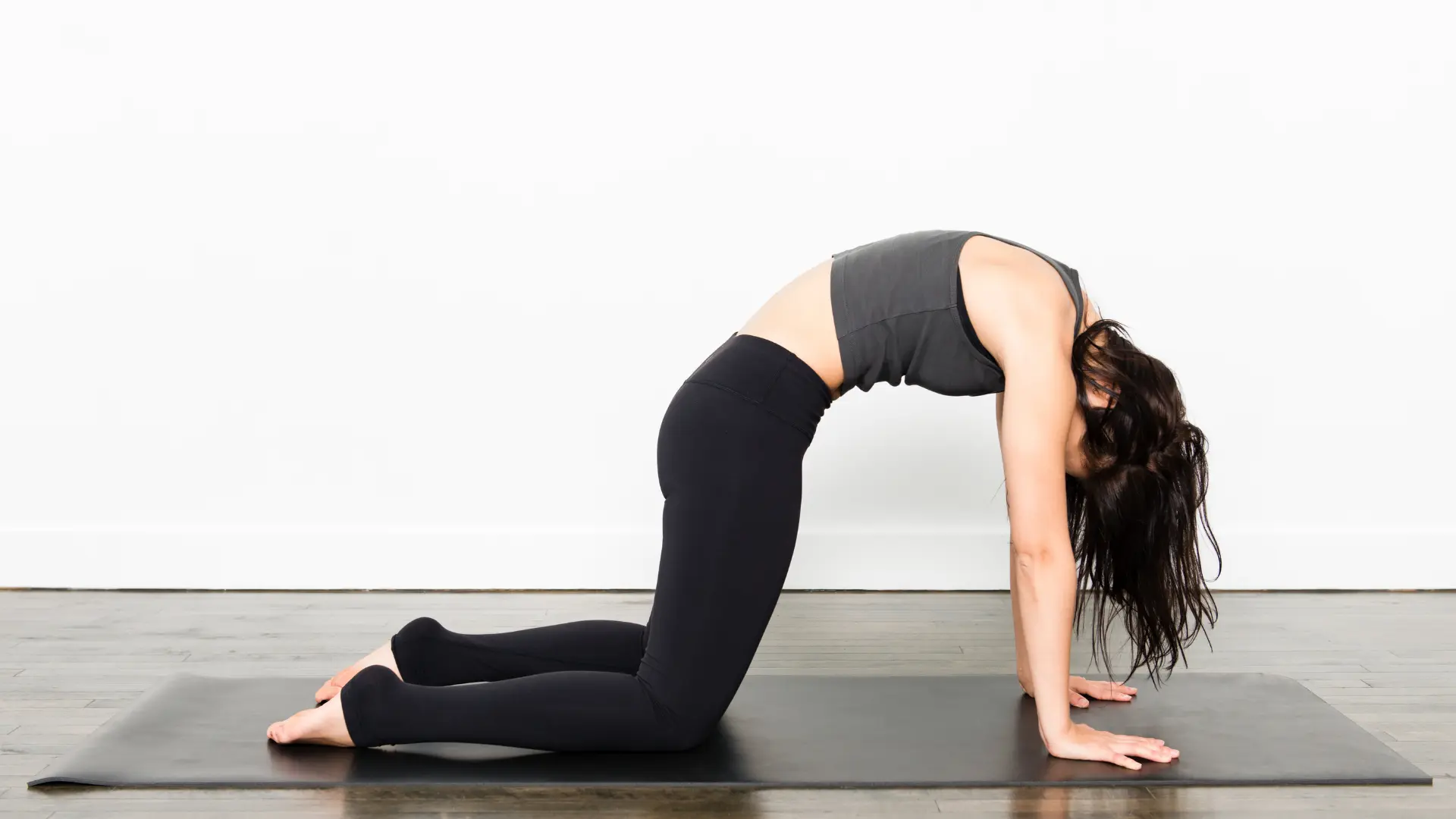
- Seated Forward Fold (Paschimottanasana) – 3 minutes
Stretch your back and focus inward.
- Supine Twist (Supta Matsyendrasana) – 3 minutes
Release tension in your back and abdomen.
- Savasana (Corpse Pose) – 5 minutes
Rest completely, observing your thoughts without judgment.
After completing the sequence, take your journal and reflect on your thoughts and sensations.
Why Choose Online Yoga for This Practice?
The convenience of yoga class online platforms makes it easier to integrate yoga and journaling into your daily life. Here’s why:
- Accessibility: Practice from the comfort of your home, eliminating travel time.
- Guidance: Receive expert instruction to ensure safe and effective practice.
- Flexibility: Choose sessions that fit your schedule and mood.
Shyambhai Yoga, for instance, offers a variety of online classes that cater to all levels and goals, making it the perfect resource for those looking to pair yoga with journaling.
Conclusion
Yoga and journaling are powerful tools for self-reflection, helping you navigate life’s challenges with greater clarity and resilience. Together, they create a synergy that nurtures the body, mind, and spirit, fostering a deeper connection with yourself.
With the support of regular online yoga classes, such as those offered by Shyambhai Yoga, you can develop a consistent practice that aligns with your personal growth journey. So, unroll your mat, grab your journal, and embark on this transformative path to self-discovery.
Start today and experience how yoga and journaling can bring balance, insight, and empowerment to your life.
Inquiry
If you have any questions, please feel free to reach out. We’ll be glad to help!
